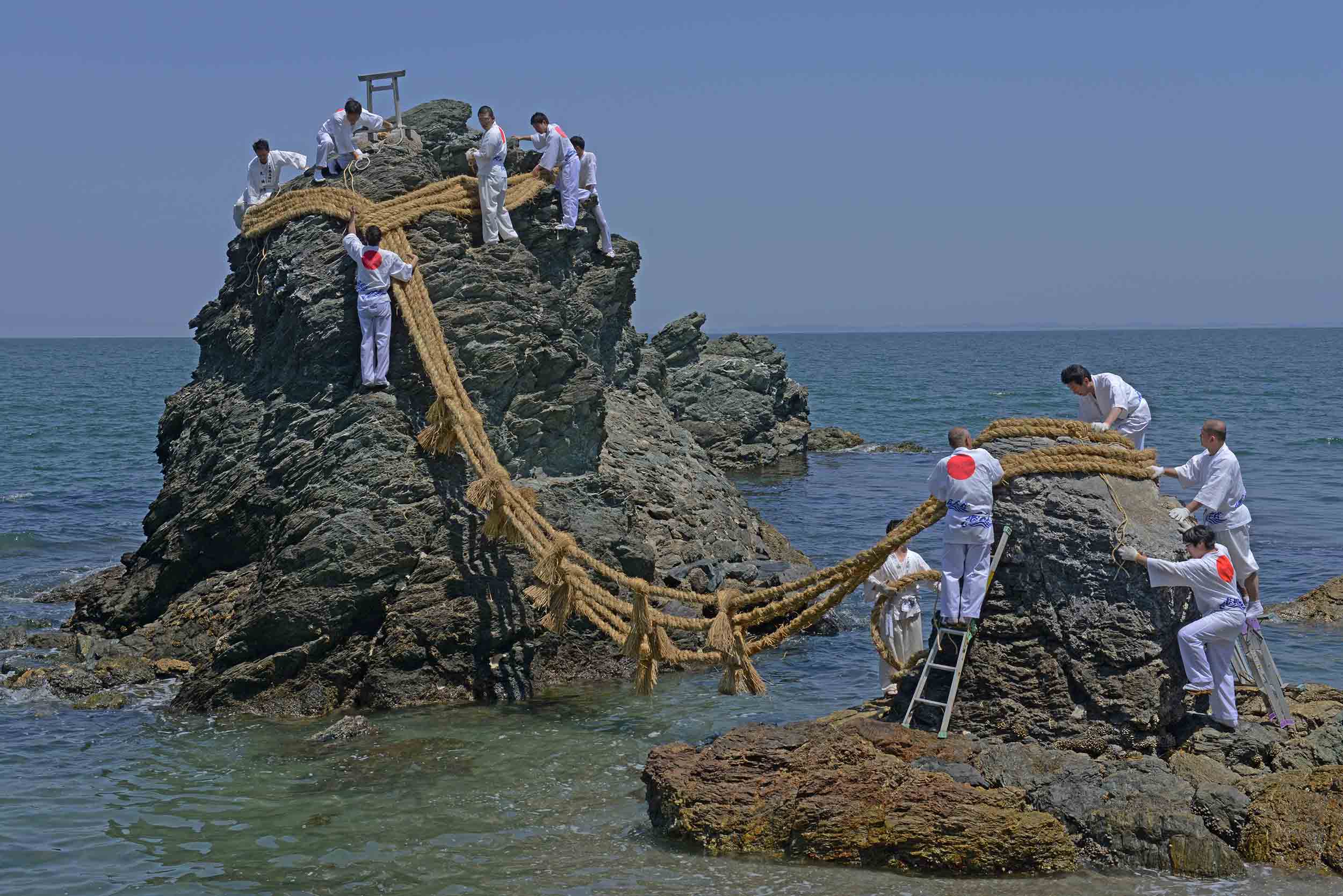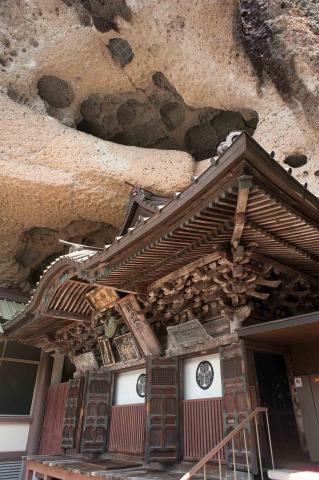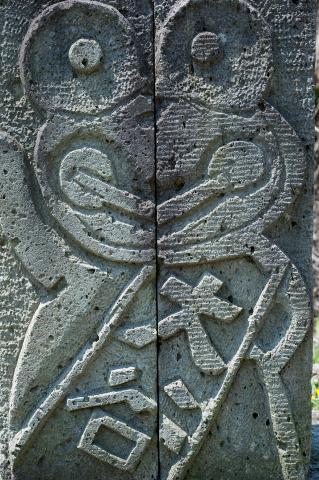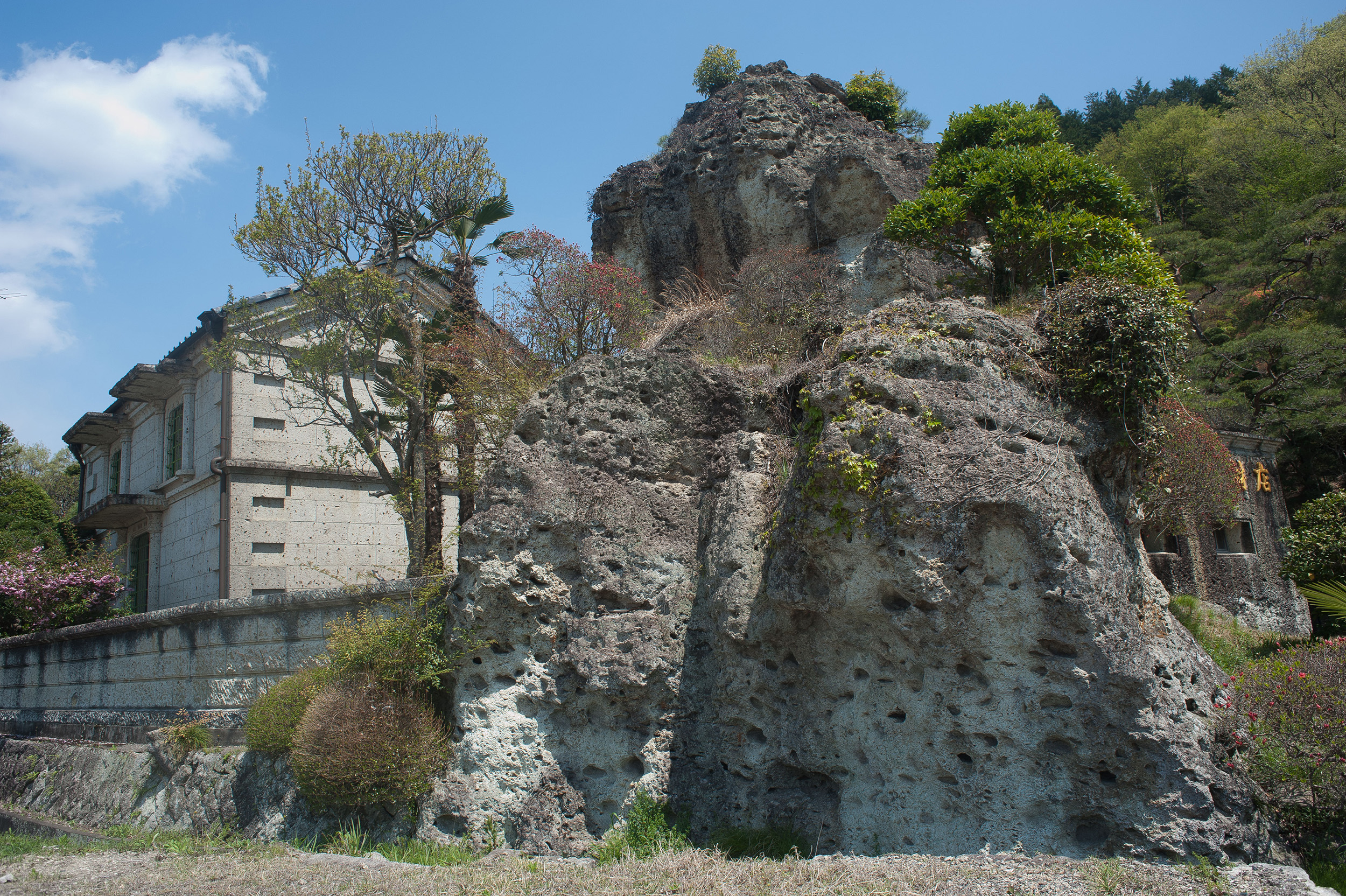Issue:
September 2024
Japan’s physical and spiritual foundations are built on stone, not just wood

There is an insistence with cultural stereotypes that often makes them too conveniently well established to bother disputing. In the case of Japan, they are legion. The country, we are told, is built on a rice culture, despite the fact that before this crop was introduced from China, wheat cultivation and hunting were the order of the day. The Japanese, we are assured, are one big ethnic family, even though they represent an ethnic melting pot that takes its ingredients from Mongolia to Polynesia, making them, arguably, one of the most ethnically diverse and, therefore, interesting, peoples in Asia. Another cliché is that Japan has an abiding wood culture. To a very real extent it was. But it is also a stone culture.
Alex Kerr echoes the idea in his book Another Kyoto. “Japanese love to say that Europe is a culture of stone, and Japan is a culture of wood. But Japan too was a culture of stone,” he writes. He goes on to give examples of stone walls, stupas, steps, Jizo statues, and “stone monoliths with poems carved into them”. Stones were important to Japan’s pre-historic ancestors. When sacred spots were identified, iwakura, or “touchstones of the gods”, were placed there for worship. The areas for the seats of the gods were delineated by tying shimenawa, or sacred straw ropes, around them. Other ritual spaces were created in the form of iwasaka, stone circles where pillar-shaped stones would surround a central rock.

On a recent trip to Saitama prefecture, I dropped in to see the Yoshimi Hyakuana, or One Hundred Holes Ancient Tombs, a mound of burial chambers cut into a rock face around 1,400 years ago. Usuki’s rock carvings in the Kyushu countryside – 59 images of Buddhas, Bodhisattvas, and the furious visage of a Deva King on a lone rock face set apart from the four main clusters – are an arresting sight, a colossal memorial to a cult of esoteric worship whose followers and principals have vanished without trace. But they are testimony to the importance of stone in Japanese culture. Similar rock carvings can be found on the Kunisaki Peninsula in Oita. The area is said to contain over half the entire stone Buddhist statuary in Japan, and some of its oldest, making it a veritable Japanese Holy Land.
Tokyo you might say, is a city built on stone. Its core structure, Edo Castle, completed in 1640, was founded on blocks of stone cut from volcanic rocks transported in 3,000 ships from the Izu Peninsula, 100 km to the south. Taken from quarries, the rocks arrived in Edo Bay, where they were placed on oxcarts for the remaining stretch of the journey. Larger rocks were placed on sledges and hauled along the streets by teams of over 100 men. Those stones are still firmly in place today.

Nowhere, perhaps, have stones been so sublimely used than in the Japanese karesansui, or dry landscape garden. Praised for their depth and complexity, their metaphysical and iconographic qualities, dry landscape creations, whether they are attached to temples or just aesthetic adjuncts to private villas or samurai residences, are now reverently spoken of outside Japan as Zen gardens. Zen appears to have requisitioned the powerful iconoclastic and didactic potential of rocks to enhance its own gardens, infusing them with meanings that would hold fast within a new religious context. Buddhist Triad Rocks - sanzonseki - clusters of rock representing Mount Sumeru, the mythic centre of the Buddhist universe, and arrangements of seven stones representing the compassion of the Buddha, are examples of consciously applied concepts. Gardens attached to Zen temples gradually and deliberately assimilated elements that would turn them into incarnations of a Buddhist worldview. This is represented at its least ambiguous in rockwork that symbolizes, for example, stone clusters representing certain stages in Zen enlightenment.
Fast becoming a tourist attraction, and a possible future contender for UNESCO World Heritage status, the quarry village of Oyamachi in Tochigi Prefecture, provides an intriguing glimpse into the practical and spiritual applications of stone. Built on a plateau of oyaishi, or oya stone, a porous, relatively easily cut rock, the village’s cliffs and underground samples of oyaishi were formed out of volcanic ash deposited over the area after a volcano erupted around 20 million years ago. Sand, pebbles and ash compacted into tuff to form the volcanic rock that is the leitmotif of Oyamachi. The stone acquires a pleasing bluish, powdered green tea and mustard hue with exposure to the elements. Zeolites within the stone, rust-colored minerals, leach out of the rock, leaving pock holes and cavities of an interesting irregularity and graining.


Unlike the grand architectural remains of Petra or Leptis Magna, Oyamachi represents the ruins of Meiji era (1867-1912) enterprise. One of the arresting things about Oyamachi is that not only commercial buildings, storehouses and Buddhist statuary, but also private residencies are made of stone, something more associated with the Mediterranean than Japan. They reminded me a little of the 200-year-old home we once owned in the tiny hamlet of Orival in southwest France. A monument of a house, the window alcoves were so thick you could sit there and read a book or get slowly sozzled on glasses of the local plonk.
The American architect, Frank Lloyd Wright (1867-1959), took an immediate liking to oyaishi, famously electing, against the advice of Japanese architects, to incorporate it into the design of his Imperial Hotel in the Hibiya district of Tokyo. Wright used it extensively for the lobby and facing of the building. The architect sent his assistant to Oyamachi to arrange for the terms of purchase and transportation. The assistant was told that, given the large quantity of material required, it would be better for the American to buy the entire “mountain”. Wright visited the village and the arrangements were made.
The completed hotel, which survived the 1923 Great Kanto Earthquake, a vindication for Wright that the use of the stone was appropriate, was a huge success but it was not without its detractors. In his 1932 travelogue Superficial Journey, English writer Peter Quennell mocked the design, comparing it to a “modernist chest-of-drawers in stone and brick, the stone used being of a repellent porous type, pocked with large holes like a Gruyere cheese”. Regretfully, the hotel did not survive Tokyo’s postwar development. Wright must have liked the stone, though, going on to use it very effectively for the outside base facing of the Jiyu Gakuen Myonichikan, a private school that has been sensitively preserved in its original location in Tokyo’s Higashi-Ikebukuro district.

One of the most startling sights in Oyamachi is its 27-meter-high Heiwa Kannon-zo (Kannon Peace Statue), a monumental figure cast in local stone. The ancient looking statue was actually assembled in 1956. A rock defile to the right of the statue leads to Oya-ji Temple, a place of worship since the ninth century, when the priest Kobo Daishi founded it. Buddhist rock carvings and stone figures standing in alcoves add to its air of antiquity, but the most striking thing about the temple is its placement directly beneath a sheer rock face. Cleverly moulded into the stone, the temple evokes images of some of the mountain temples of China.
The Oya Shiryokan is a museum tracing the long history of the rock, and how it was mined. Sixty meters below the museum, a largely hand-quarried subterranean cavern, covers a mind-scrambling 20,000 square meters, making it larger in volume than Tokyo Dome. During the war, the stone chamber was used as an ammunition dump. It has undergone other uses since, requisitioned at one point for growing mushrooms. With its good acoustics, it has even been used as a concert venue. Some years ago, the Irish singer Enya performed there.
A millennia-and-a-half ago, oyaishi was used to line the walls of burial chambers. Today, with less demand for the stone as a building material, it is carved into ornamental garden frogs and sold at local souvenir outlets. Such are the imponderables of history.
Stephen Mansfield is a Japan-based writer and photographer, whose work has appeared in more than 60 magazines, newspapers and journals worldwide. He is the author of 20 books.

